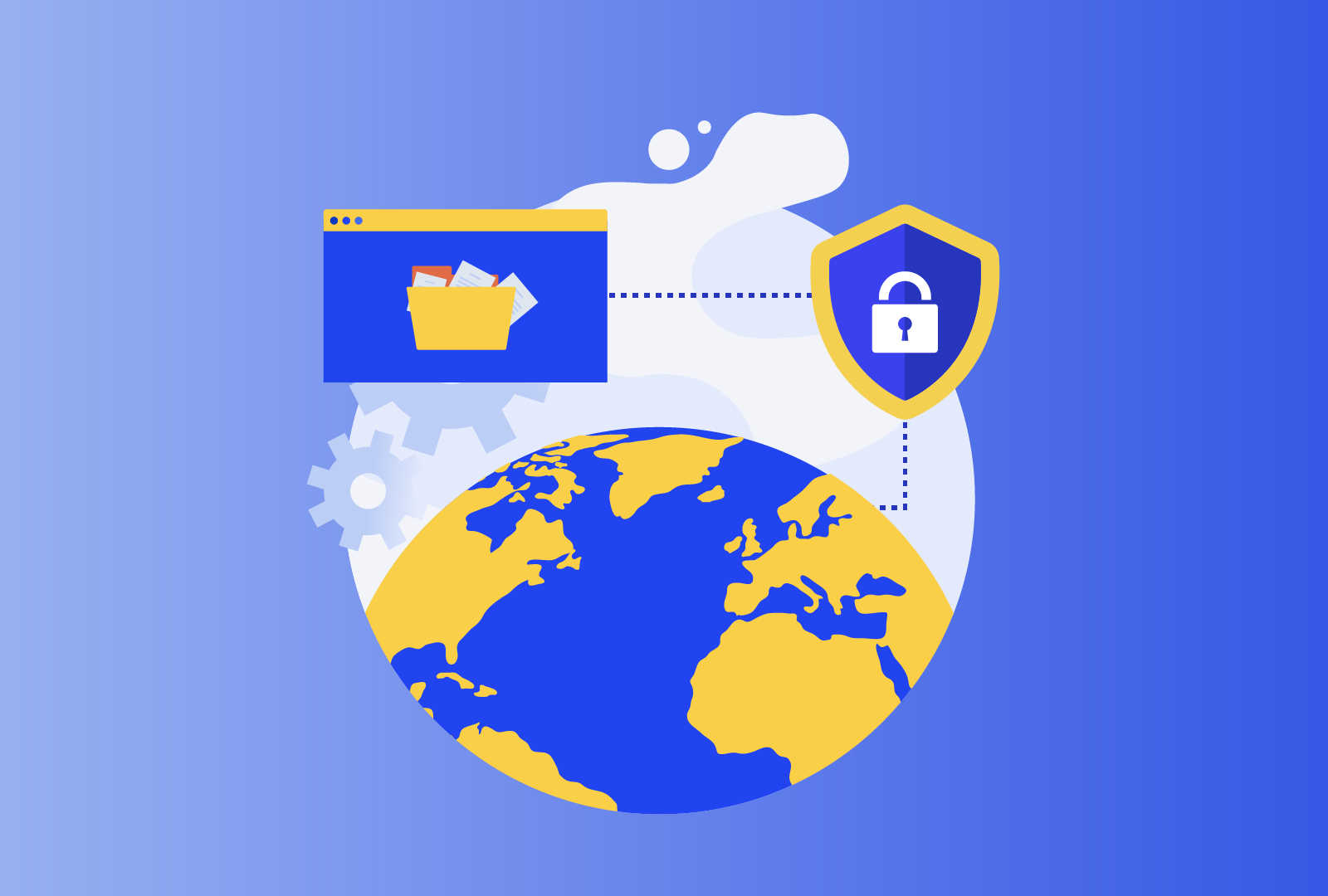Managing Data Subject Access Requests (DSARs) can be a multi-faceted task for data controllers. This guide explores valuable insights into the regulatory best practices and workflows for streamlining DSARs and meeting GDPR compliance.
Understanding the Right to Access and DSARs to Empower Individuals with Data Control
The Right of Access is of course one of the key rights a data subject has. According to surveys, 71% of EU firms have received DSARs from their staff since the launch of GDPR, illustrating the importance of being well-prepared to streamline such requests optimally.
Streamline Your Workflow for Optimal Responses by Proactively Preparing for DSARs
At DPOrganizer, we believe you should proactively approach smooth and seamless DSAR management. Establishing the needed infrastructure before requests are received is essential.
Here’s a comprehensive check-list to be well-prepared:
Record of Processing Activities (RoPA) and Data Mapping
We strongly advise that you maintain an all-encompassing RoPA and carry out data mapping for fundamental GDPR compliance.
A RoPA provides a clear understanding of the personal data collected, its use, and storage locations, acting as a valuable map to navigate databases efficiently when responding to DSARs.
Our tool enables you to create and manage a streamlined RoPA, with the addition of being able to easily import your existing information from spreadsheets. We can show you how easy it is to use or you can let us do the import for you. With our RoPA we can work with you, your privacy team, your colleagues to create a robust and uncomplicated process with periodic reviews to suit your privacy programme.
Establish a Preferred Channel for DSARs
Decide on a preferred channel for incoming DSARs, such as a standardized form that individuals need to complete or an internal email address, to streamline the process and facilitate a more centralized approach. However, we also recognize the importance of flexibility with DSARs received through other avenues.
However your DSAR is received we can help you manage the process and ensure your respond to the data subject within the relevant time limits.
Have Policies and Procedures in Place
Develop comprehensive and reliable policies and procedures that touch on all types of DSARs you may receive from individuals. Ensure to clearly define responsibilities within your teams for handling requests, identify accountable leaders to champion execution, and set up escalation procedures when needed.
Do you have your policies and procedures in one central repository? When you update them how do you ensure your colleagues know? We can help you monitor who has read the latest version to make sure everyone is always up to date!
Ensure Teams Are Trained
Allocate the necessary time and resources to train staff to recognize and handle DSARs appropriately. Employees should know and feel a sense of comfort with established subject request policies and procedures, ensuring quick and compliant responses to these requests.
Do you ensure your staff receive more than the basic annual GDPR training? Does your privacy programme remind you of who needs which training and when? Do you have more than one course available to your colleagues? We have a total of 32 courses across 2 languages so combined with our privacy management programme we can ensure you have a record of staff training and that training is tailored to each team.
What are the Best Practices for Swift and Compliant Responses to DSARs
Once a DSAR is received, DPOrganizer encourages following these best practices to guarantee a smooth and efficient response:
Has the Individual been Identified?
Before disclosing personal data, the responsible teams must verify the identity of the person who made the request. This step is vital to safeguard the information at your disposal. Utilize existing data sets to confirm their identity and be certain to request more information if needed, ensuring compliance with the Principle of Data Minimization.
The DPOrganizer webportal for receiving DSRs can be easily customised to suit the needs of your organisation. You don’t have to rely on pre set templates (unless you want to of course!).
Have Exemptions Been Considered?
In some cases, data controllers may be unable to fulfil DSARs if labelled “manifestly unfounded or excessive.” Your teams should be prepared and have a plan of action to justify the decision and communicate it to the data subject.
You will need to record your decision and with our platform we can ensure you have the right information to do so.
Are Your Records in Order?
Resolve to record all requests received and the relevant responses provided to establish a clear and organized audit trail, which can prove invaluable in disputes or complaints.
We can help you maintain your records so that you have a full trail should it be needed.
How to Balance Complying with Requests to Uphold Privacy Principles and Data Minimization
When answering DSARs, DPOrganizer understands the importance of balancing and fulfilling requests while ensuring data minimization.
By providing only personal data, your controllers can maintain the GDPR’s principle of minimizing data processing while complying with the subject’s right to retrieve their information.
How do You Handle DSARs Involving Information about Other Individuals
In some DSARs, data controllers may receive requests concerning information related to the data subject that includes other individuals. In such circumstances, it remains vital to uphold compliance while safeguarding the privacy of other individuals.
Concealing personal information that does not relate to the requesting individual or seeking consent from other relevant parties are probable options to handle such scenarios.
Allow your data controllers to master Data Subject Access Requests, demonstrate fundamental GDPR compliance, and prioritize data portection rights with DPOrganizer.
We believe in a proactive approach, concrete and streamlined workflows, and adhering to best practices to ensure that organizations handle DSARs confidently and transparently. Adopting the right to access empowers individuals, builds trust, and establishes a stronger data protection foundation in the digital age.





Comments are closed.